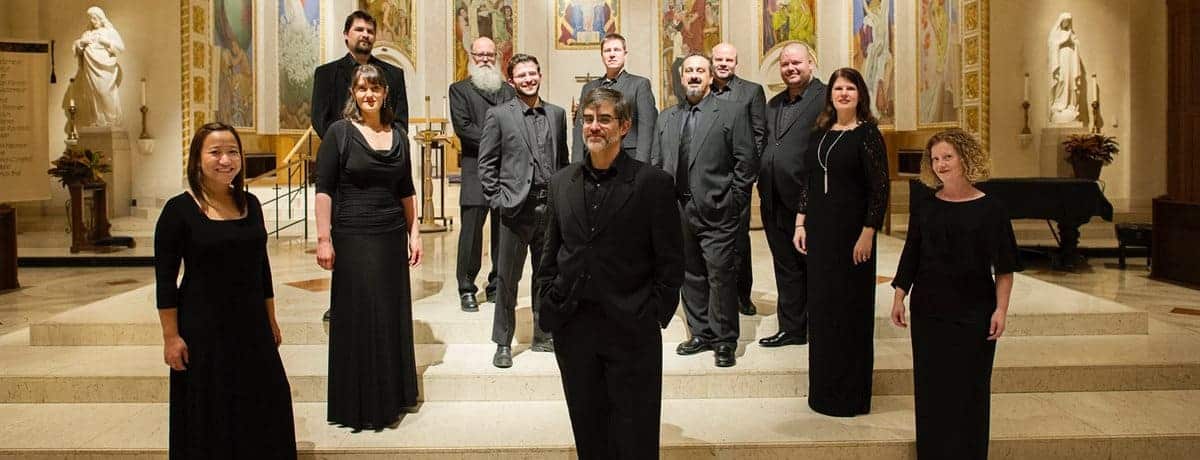
Philippa Kiraly has published a wonderful feature including reviews and interviews with Mark Powell and Alexander Lingas in honor of our 25th Season, as well as a preview of our upcoming Hagia Sophia “Icons of Sound” recording:
“Cappella Romana opened its 25th season in October in Seattle and Portland with “Icons of Sound: Byzantine Chant from Hagia Sophia.” Enhanced by the reverberant acoustics of Seattle’s St. James Cathedral, the sound of early Byzantine church music created a hypnotic effect as eight men — more than half of them Greek Orthodox cantors — and five women sang music from scholarly editions, much of it prepared by the singers themselves.…
“The sound created by Cappella Romana’s men singing early chant is like nothing heard elsewhere. There’s an initial firm start to phrases that seems almost to come from under the note, though it doesn’t. There’s a rich resonance, a strongly cored, open sound with a lot of depth, and no vibrato. The music often has a limited range, spanning not much more than an octave, while its highly ornamented melodies are usually sung over one or more drones that indicate the tetrachord (a four-note range) of the mode in use. When you hear the ensemble, it only takes a few measures to know that this is Cappella Romana.…
“Participation since 2010 in Cappella Romana’s ongoing Stanford Research Project — from which the October concert was a natural offshoot — had the choir heading to San Francisco immediately after the Hagia Sophia concert. “Icons of Sound: Aesthetics and Acoustics of Hagia Sophia” was a collaboration between Stanford University’s Center for Computer Research in Music and Acoustics and the Department of Art and Art History.
The aim was to use real-time digital signal processing to synthesize the acoustics of Hagia Sophia itself. In Istanbul, the Stanford crew was allowed only to work in the middle of the night. They popped balloons in Hagia Sophia, measuring the reverberation times and signal response at all frequencies around the cathedral, capturing this information into their computers, and bringing the results back to Stanford. Cappella Romana’s part was to sing while wearing tiny microphones on their foreheads in Stanford’s Bing Concert Hall, with the signals processed and distributed to an array of 24 loudspeakers distributed throughout the hall. “I was prepared for it to sound fake,” says Powell, “but it sounded and felt like the real thing.”
The resulting Cappella Romana CD will likely come out in 2017, adding to its catalog of more than 20 recordings. To get a taste of the ensemble’s distinctive and unmistakable sound, go to YouTube to find dozens of excerpts.…” —Philippa Kiraly, Early Music America

You must be logged in to post a comment.